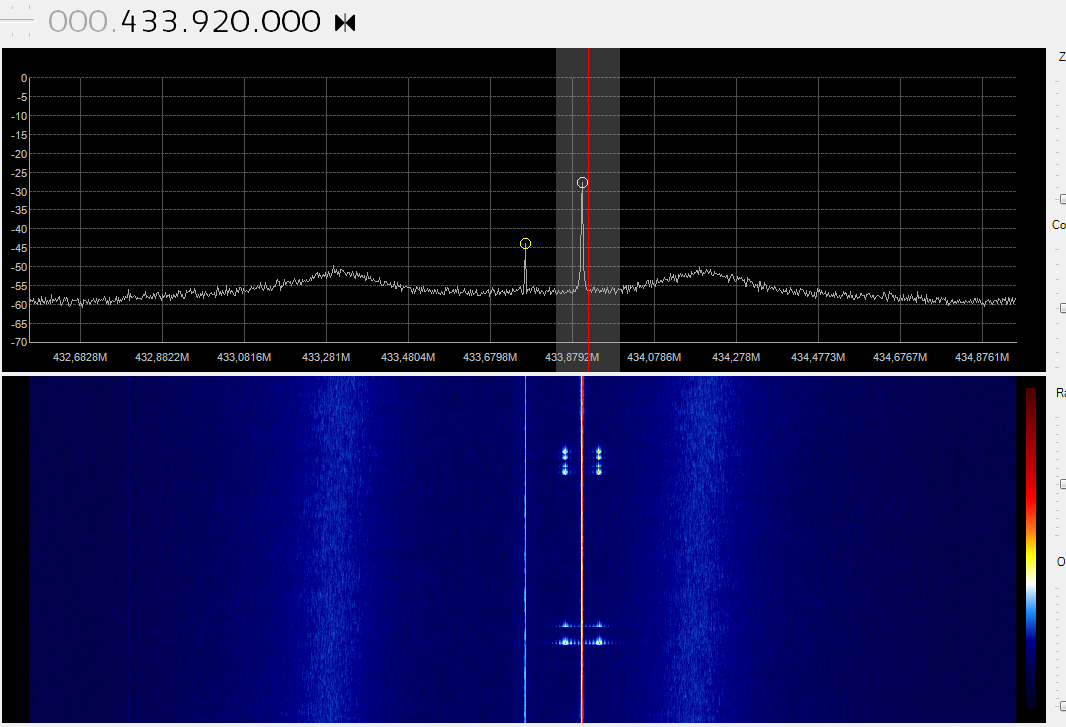Hey,
We are using the CC1101 in asynchronous mode to receive data from sensors. The sensors are using FSK with 28 KHz frequency deviation on 433,92 Mhz.
In production enviroment we encountered an other device which is sending 433,92 Mhz and using ASK. This prevents the CC1101 from receiving sensor data.
Is it possible to configure the CC1101, to receive (FSK) sensor data, even if there is an other ASK transmission?


